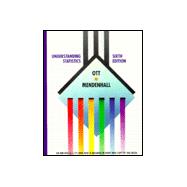This modern text focuses on data and its importance to problem solving in the real world. It is organized around the theme of making sense of data: generating, organizing, analyzing, and presenting data. This edition includes:
-- An "Experiences With Real Data" section in every chapter
-- Many real data sets in exercises and a data disk included with each book
-- Increased emphasis on graphical methods of data analysis








